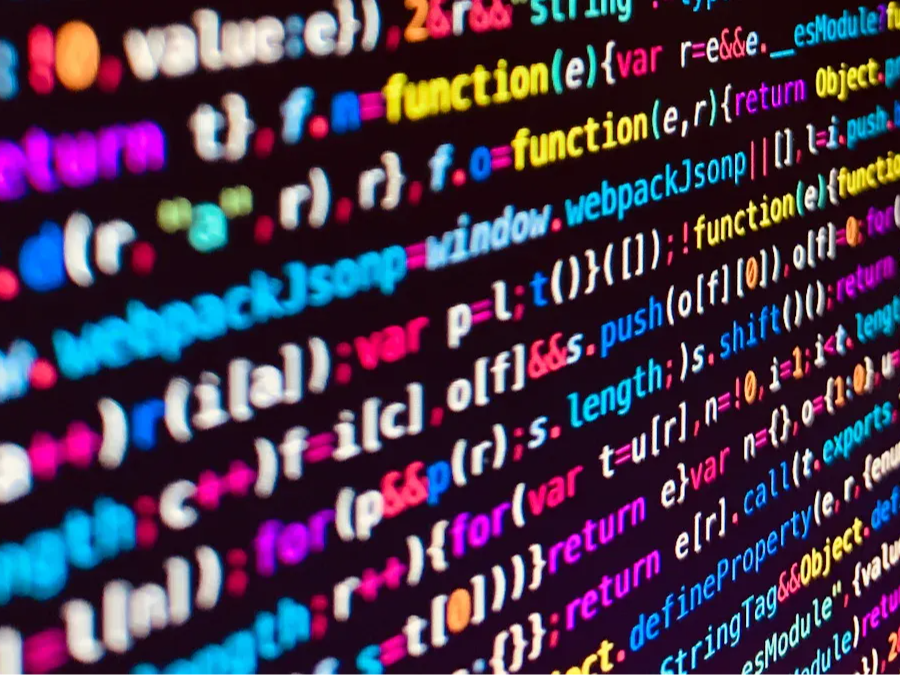Facial Recognition is a technology that uses computer vision technology to identify personal facial features. "It identifies and verifies an individual's identity by analyzing their facial features, such as the location of their eyes, nose, mouth, and the relative distance between them. The face in the image or video frame is captured by a camera. The captured facial image is analyzed to extract key facial features. The extracted facial features are converted into mathematical vectors to form a unique "faceprint". The generated faceprint is compared with the faceprints in the database to identify the individual. Facial recognition technology is widely used in many fields such as security verification, mobile phone unlocking, law enforcement monitoring, and border control. It is considered to be a contactless and non-mandatory identification method with the advantages of efficiency and convenience.
What is facial recognition?
Facial recognition is a biometric identification technology based on human facial feature information for identity recognition. It automatically detects and tracks faces by collecting images or video streams containing faces, and further identifies the detected faces.
How facial recognition works
The system first detects and locates faces in images or video streams. Using machine learning algorithms such as Haar feature classifiers, Histogram of Oriented Gradients (HOG) or deep learning convolutional neural networks (CNNs). After detecting a face, the system extracts key facial features such as the location of the eyes, nose, mouth, and facial contours. These features are mapped into mathematical feature vectors using various methods such as principal component analysis (PCA), local binary patterns (LBP), or deep learning-based feature extraction networks. Feature vectors encode the unique characteristics of each face into numerical data, which is the basis for subsequent comparison and recognition. The extracted feature vectors are compared with known face feature vectors in a database. The database stores pre-registered feature vectors and corresponding identity information. The system matches by calculating the similarity or distance between the detected face feature vector and the feature vector stored in the database. If the similarity exceeds a threshold set by the system, it is considered that a matching identity has been found. Based on the matching results, the system ultimately makes a decision about the identity of the detected face, which can be a one-to-one identity verification or a one-to-many identity recognition. Facial Recognition The technology combines artificial intelligence, computer vision and biometrics to provide fast and accurate personal authentication and identification in a variety of scenarios.
Main applications of facial recognition
The application scenarios of facial recognition technology are very wide:
Security monitoring: Facial recognition technology is used in the field of security monitoring to identify and record people entering and leaving, and improve the safety and management efficiency of public places, enterprises, schools and residential areas.
Authentication: In scenarios such as electronic payment, network login, and mobile phone unlocking, facial recognition technology is used to verify user identity and ensure account and information security. Face search: In photo management, social networks and entertainment games, facial recognition technology can search and identify faces in photos to provide better user experience and services.
Smart home: Facial recognition technology is used in the field of smart home for smart door locks, smart appliances, etc., to realize intelligent control and management of home devices. Traffic management: In transportation places such as airports, stations, and subways, facial recognition technology is used for passenger identification and management to improve safety and management efficiency. Medical health: Facial recognition technology is used in the field of medical health for disease diagnosis, drug management, etc., and provides better medical services and health management through facial feature recognition and analysis.
Business: In the business field, facial recognition technology is used for payment verification, personalized recommendations, access control systems, etc., to improve transaction security and customer experience. Education: Facial recognition technology is used in campus security, attendance monitoring, and learning engagement analysis to improve campus safety and teaching efficiency. Banking and finance: In the banking and financial fields, facial recognition technology is used for customer verification, cardless ATM transactions, etc., to improve transaction security and convenience.
Challenges faced by facial recognition
Lighting problem: The accuracy of facial recognition will be affected under different lighting conditions.
Posture problem: When the face pitches or turns left and right, the recognition rate will decrease.
Occlusion problem: Accessories such as glasses and hats may block facial features and affect recognition.
Age changes: As you age, changes in facial appearance will also affect recognition results.
Image quality: Low-resolution or noisy images are a challenge for face recognition algorithms.
Personal information protection: The Supreme People's Court issued regulations to say "no" to the abuse of facial recognition technology to process personal information.
Privacy: Facial recognition technology may infringe on personal privacy and requires legal regulation.
Data security: The storage and transmission of facial data require strict security measures to prevent data leakage.
Development prospects of facial recognition
With the continuous application and deepening of facial recognition technology in various fields, market demand will continue to grow. It is expected that the scale of the facial recognition market will maintain a high growth rate in the next few years. Especially in key areas such as security, finance, and transportation, the application of facial recognition technology will continue to expand and the market share will continue to increase. The development of facial recognition technology is inseparable from the collaborative cooperation of all links in the industrial chain. In the future, hardware suppliers, algorithm developers, system integrators and other companies in the industrial chain will strengthen cooperation and jointly promote the development of facial recognition technology. For example, hardware suppliers will continue to improve the performance of equipment such as cameras to provide better support for the operation of algorithms; algorithm developers will continue to optimize algorithms to improve the accuracy and efficiency of recognition; system integrators will provide customized facial recognition solutions according to the needs of different customers. With the widespread application of facial recognition technology, relevant policies and regulations will also be gradually improved. The government will strengthen supervision of facial recognition technology, standardize the scope and methods of application of technology, and protect personal privacy and data security. At the same time, the government will encourage and support the innovation and development of facial recognition technology, promote the application of technology in various fields, and provide new impetus for economic and social development.








